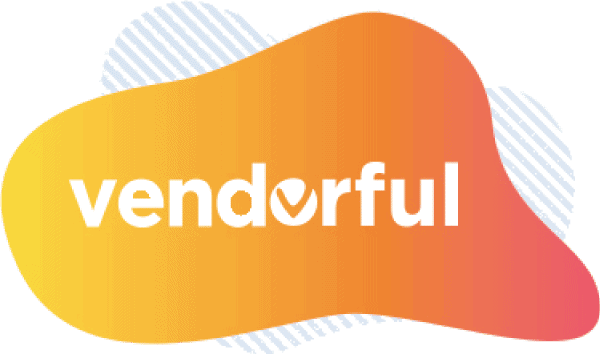What’s the difference between an acceptable RFP bid versus a stellar one that engages suppliers to put forward their best possible response?
Unfortunately, there isn’t a simple, cut-and-dried way to answer that question. However, there are guidelines that you can keep in mind to make sure you’re able to energize potential suppliers and draw out their best bids.
If you want to create engaging RFPs, try the following actionable tips:
1. Do your research
Creating a hastily researched RFP just for the sake of sending one out is a waste of time. Before you even begin writing a draft, you should learn every stage of the RFP process flow.
It’s important that you are able to identify what are non-negotiables and absolutely necessary for your company. Be thorough and explicit in identifying the areas that are absolute requirements and those that are optional. This gives your suppliers a clear idea as to whether or not they are capable of addressing your needs.
2. Have a clear idea of what your winning proposal will look like
RFPs can be responded to in various ways. Different suppliers will have varied strengths and areas of expertise. They will also have weaknesses. While some companies might compete based on their ability to reduce their costs, others will push their capabilities and focus on delivering quality. There will also be suppliers who will find a way to create a balance between price, quality, and expediency.
Paint a picture of what you need from your ideal supplier. If managing cost is your priority, make sure this is indicated in your RFP. If you want the fastest delivery time, explicitly say so. If money is no object, let your audience know. This way, your suppliers will know what your priorities are and can tailor their bids according to what you really need.
3. Provide a summary or brief introduction
The summary is where your company can briefly explain the project and capture the attention of suppliers. It also creates interest in your project. Be sure to include the key points of your RFP in the introduction that gives an informative, big picture overview of what your requirements are.
Start by indicating your company name — you’d be surprised at how many businesses forget this seemingly basic and simple element of an RFP! You might think this is obvious, but companies tend to forget the company name assuming that they are already recognized, or that everyone is waiting for them to send out RFPs. Then go into a brief explanation of what you need. Be sure to mention your target deadline and any other key dates as well.
4. Thoroughly explain your requirements
This is perhaps the most critical component of an RFP. To avoid miscommunication, be very specific about what you require. It’s important, however, that you avoid directly dictating how you want vendors to do their work for you. Be clear and detail-oriented but make sure you’re not making your vendors feel like you’ll be micromanaging every aspect of the project.
Divide your RFP into several sections for clarity, especially if your project has multiple working components.
5. Detail your selection process
Be specific about how you make your selection. Apart from meeting your requirements, what other factors will you be looking into? Who will be in charge of making the selection? Will you be following a point system?
RFPs are a great way to make sourcing more transparent for all parties. Providing more details surrounding how your business will make its selection can prove to be a great way to engage more suppliers to send in their best bids.
Consider these guidelines when creating your next RFP. You’ll surely notice a difference in terms of engagement and responses.
If you have experience with writing RFPs and can offer more helpful guidelines to boost engagement among suppliers, we’d love to hear all about it. Leave us a message below.
Contact us to find out how Vendorful can help ensure you and your suppliers benefit from eSourcing. Contact us today!
